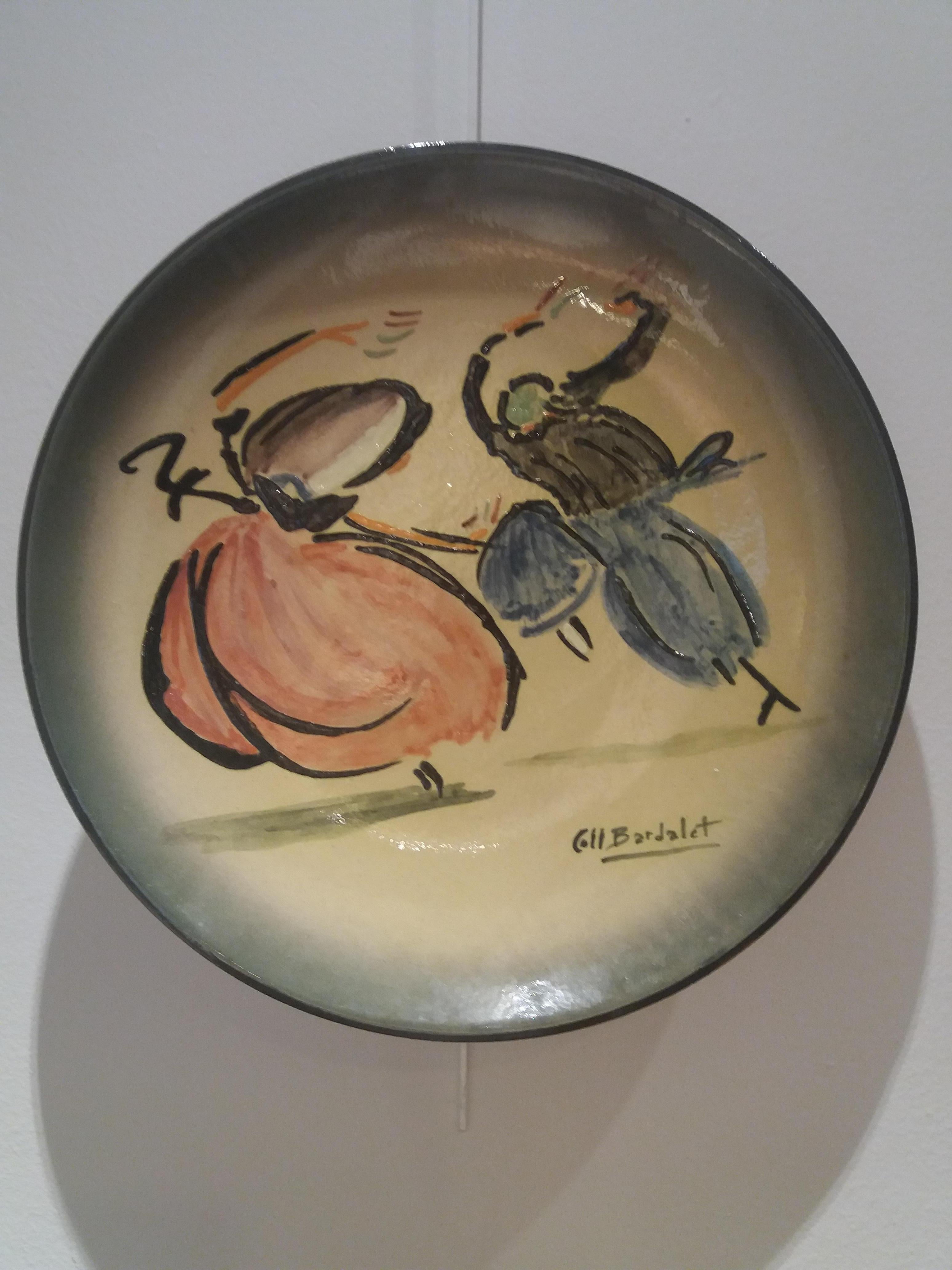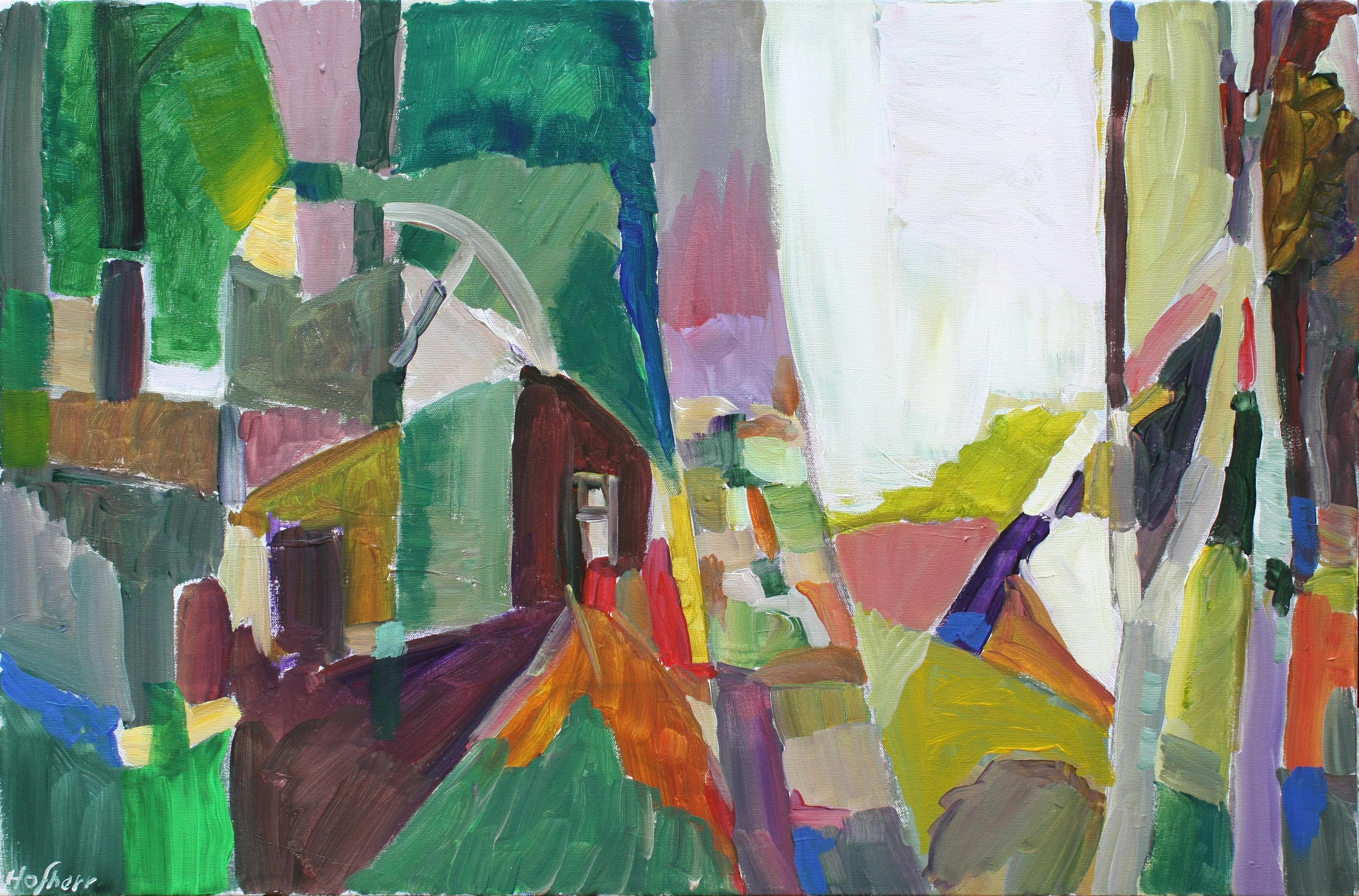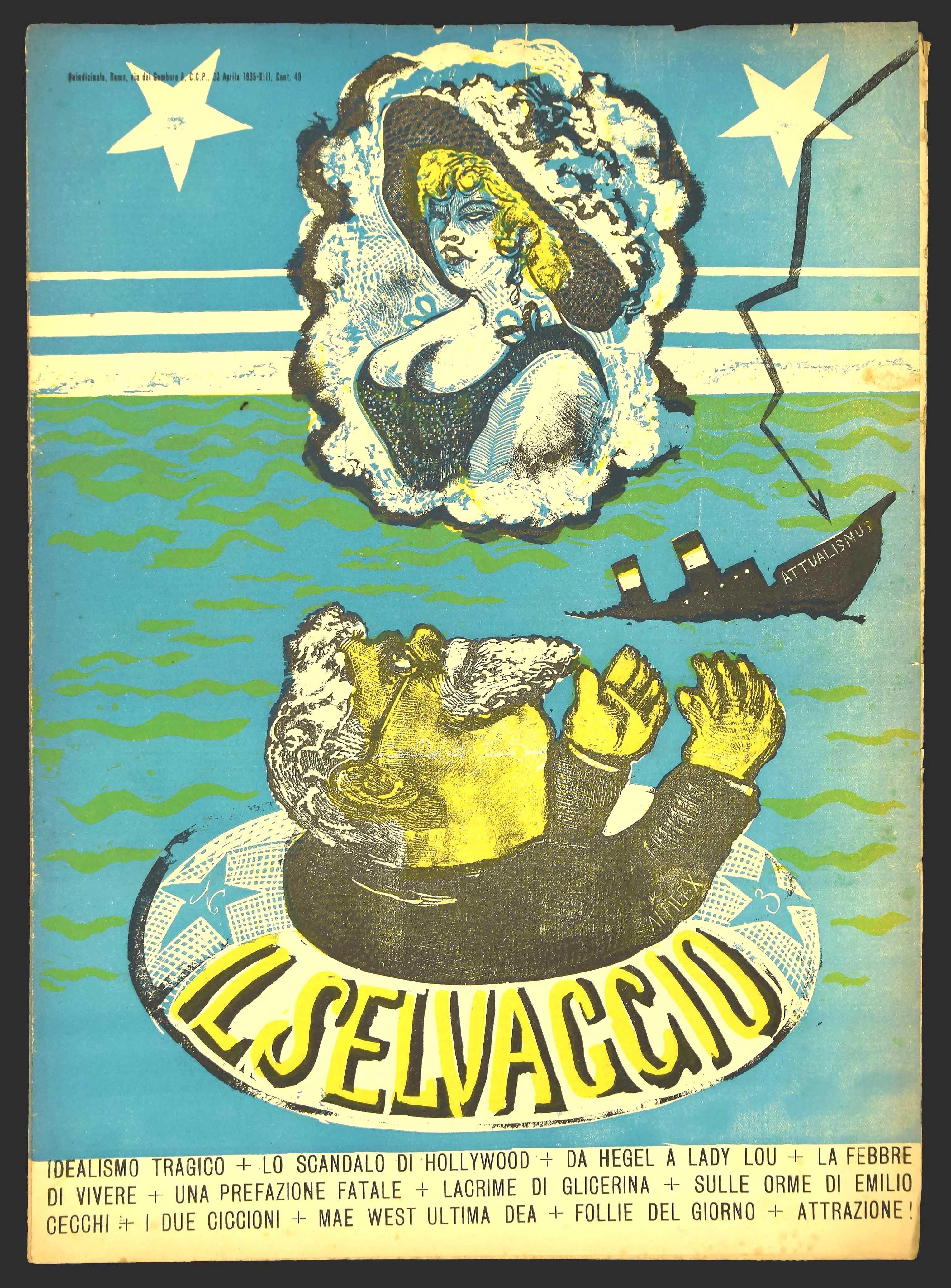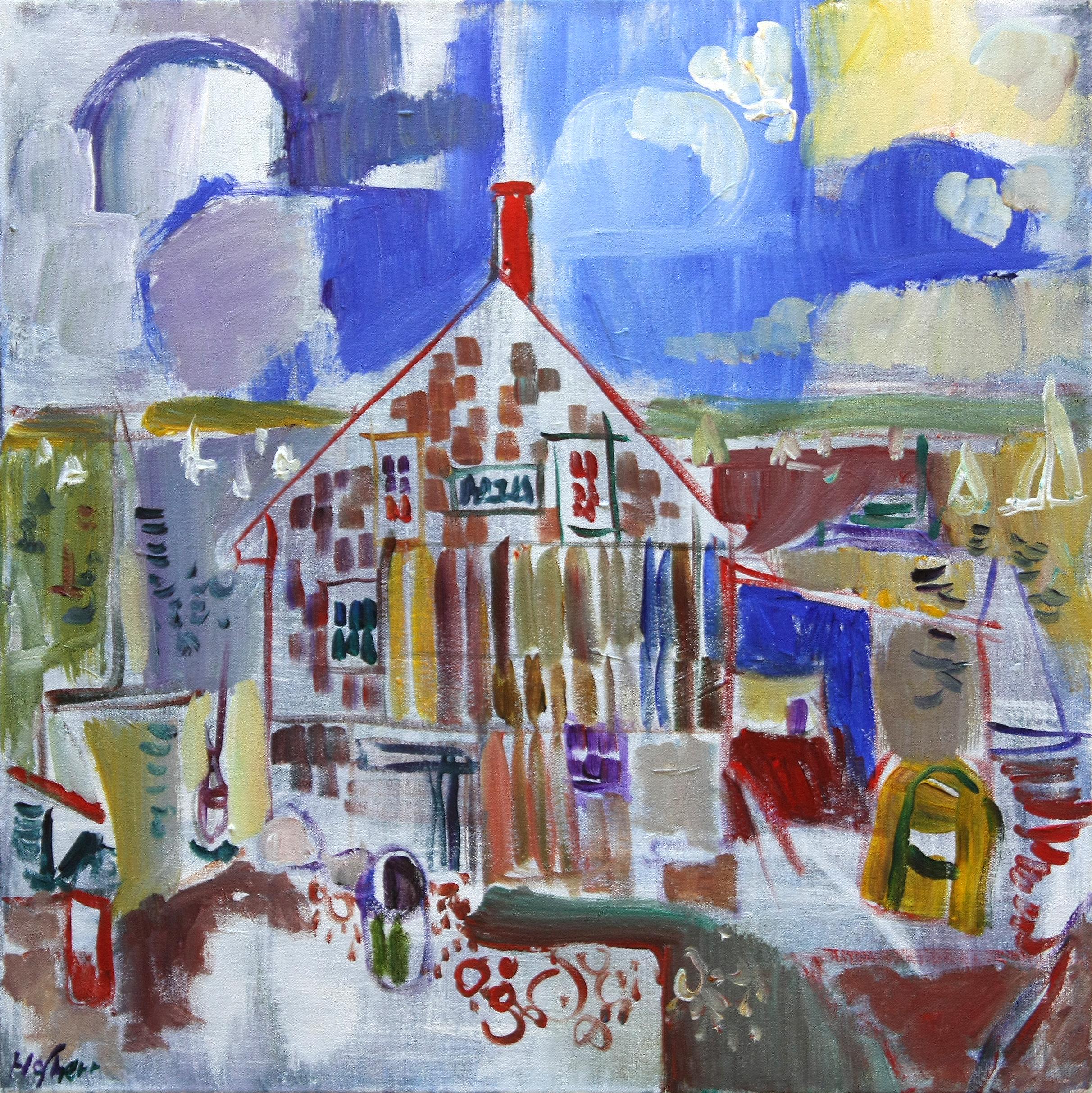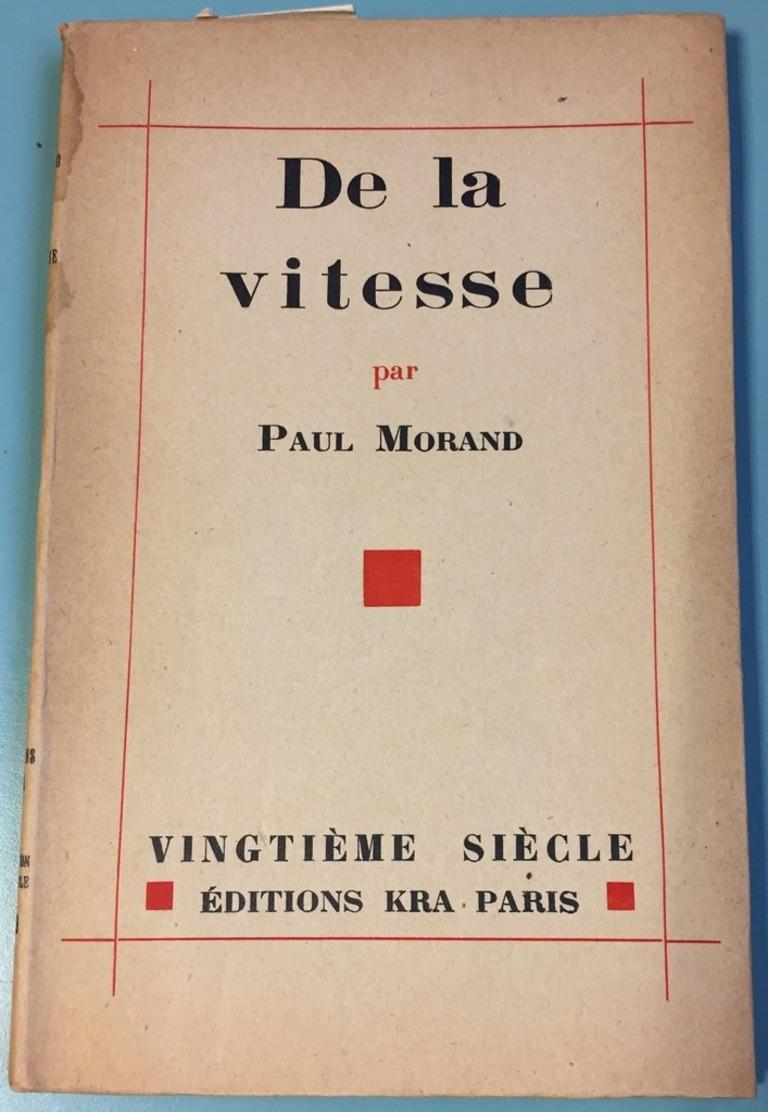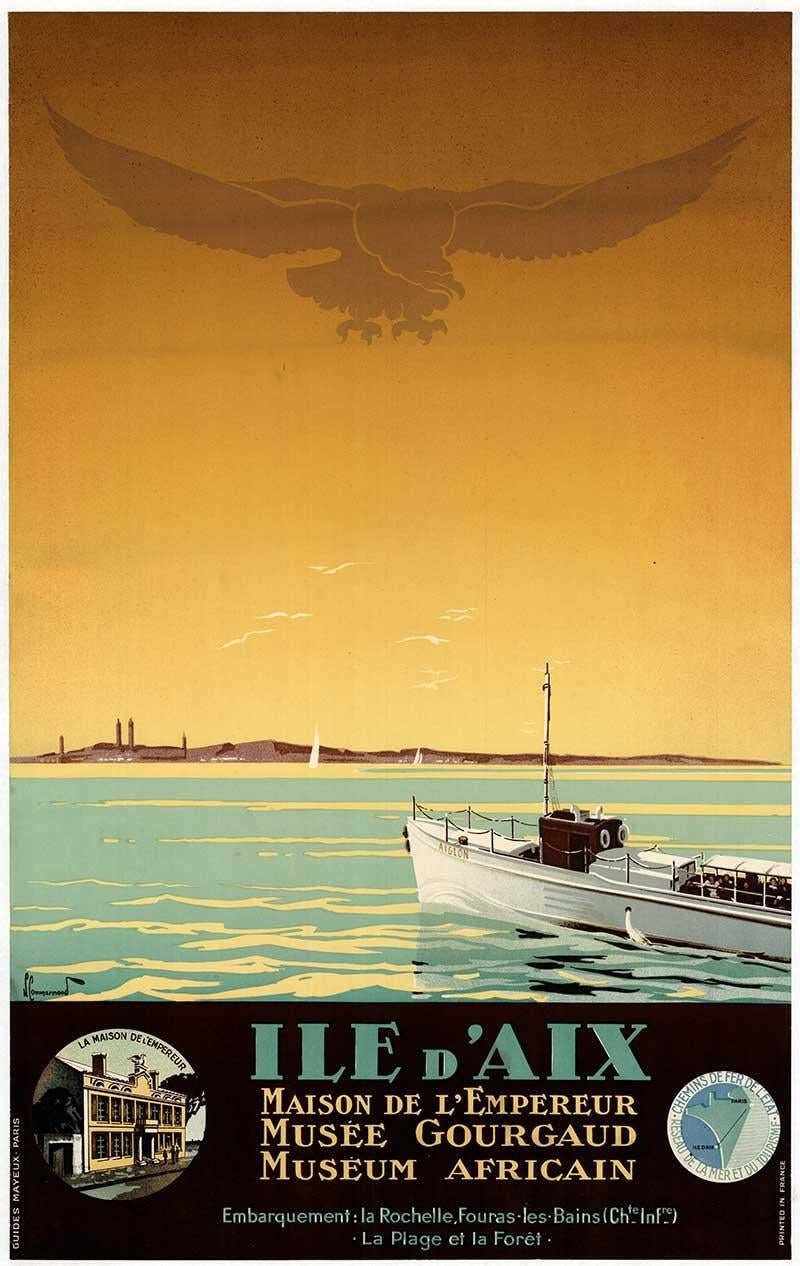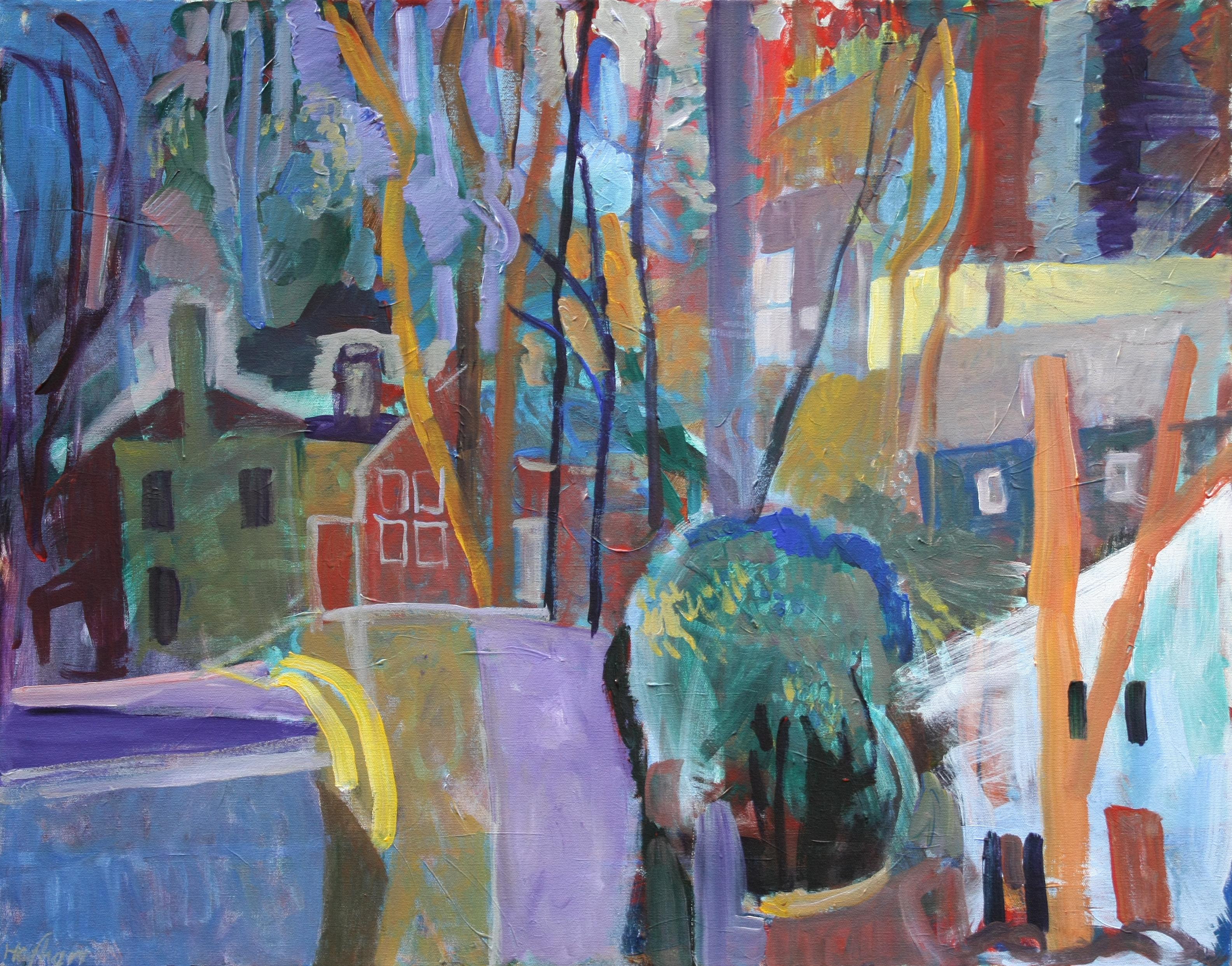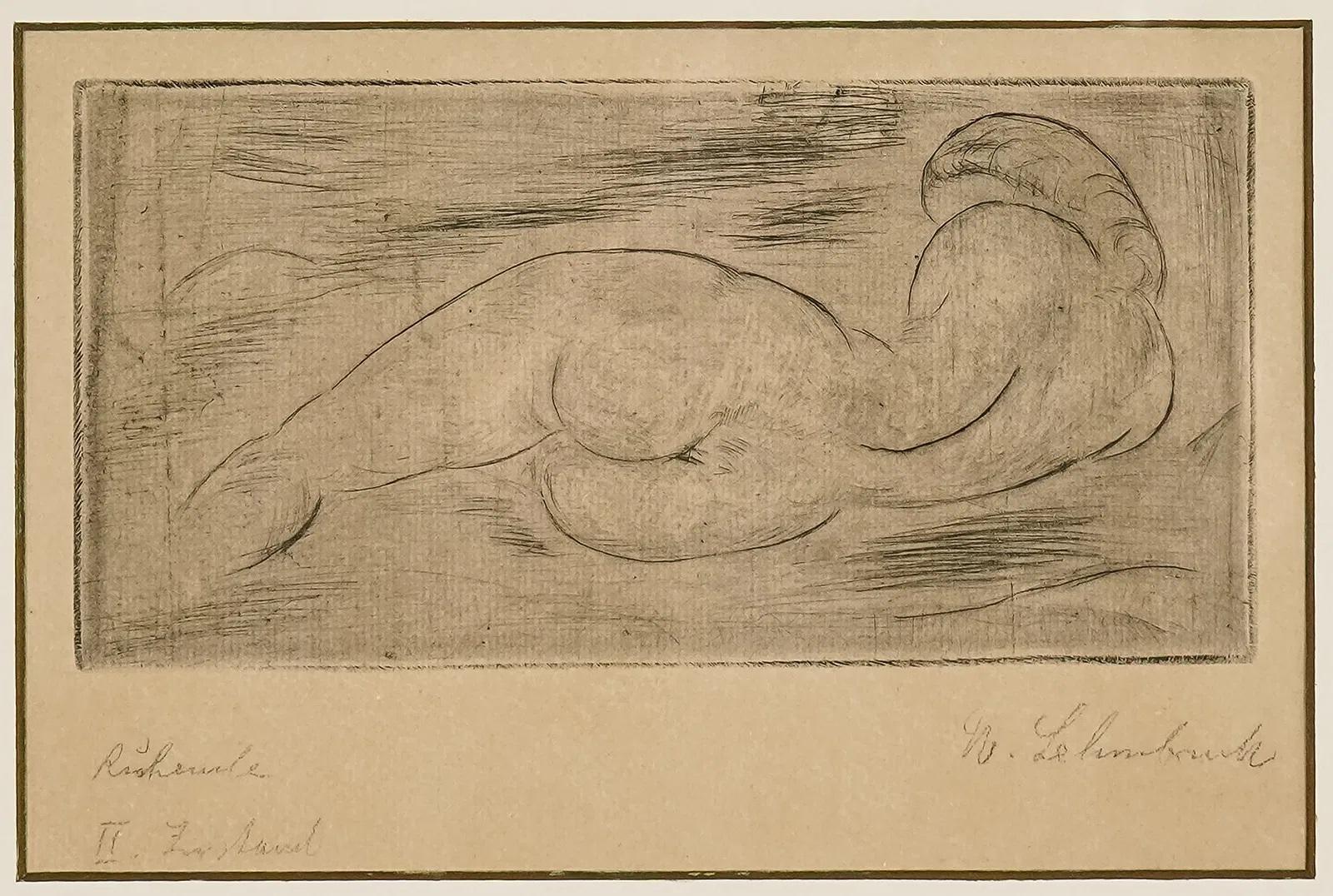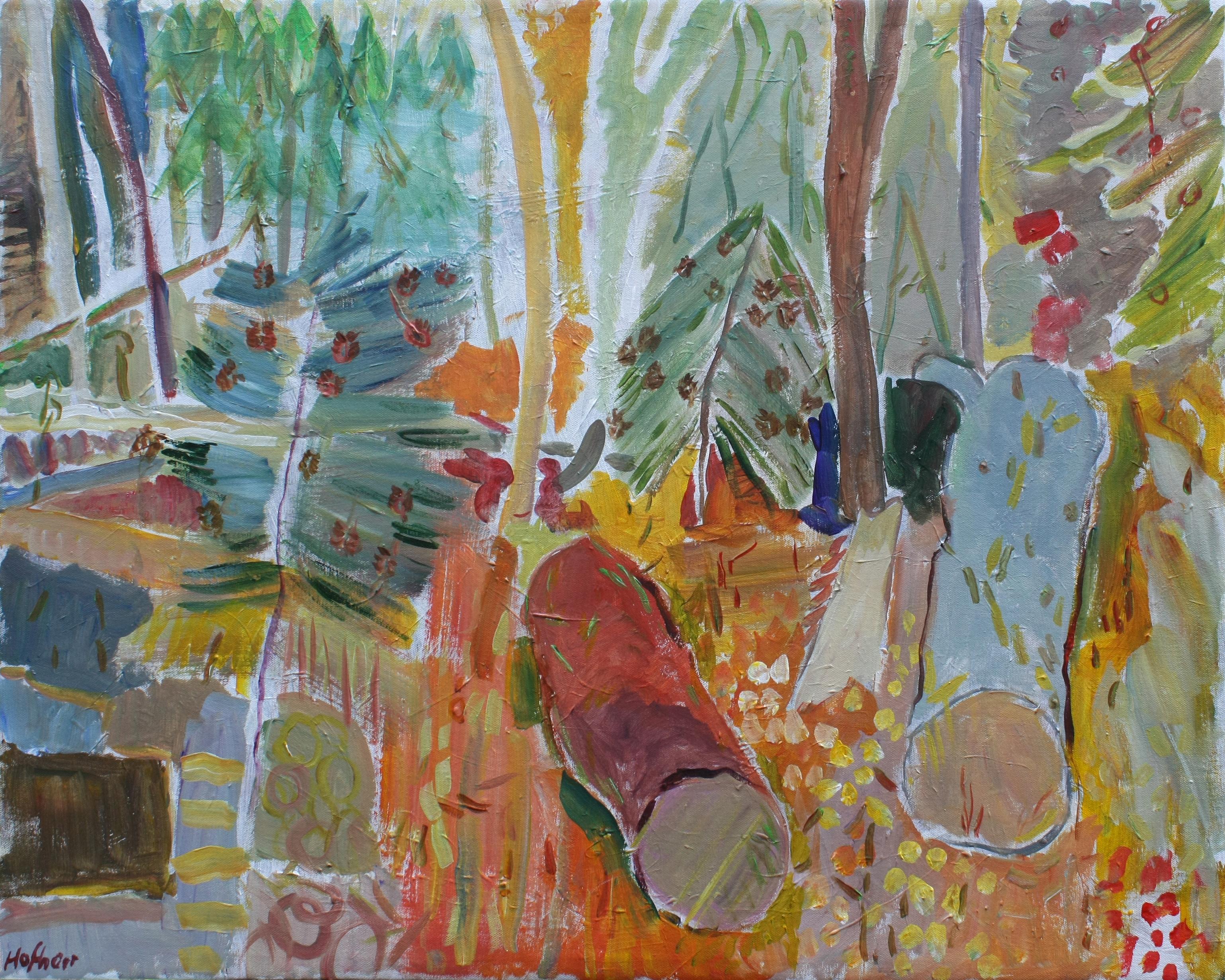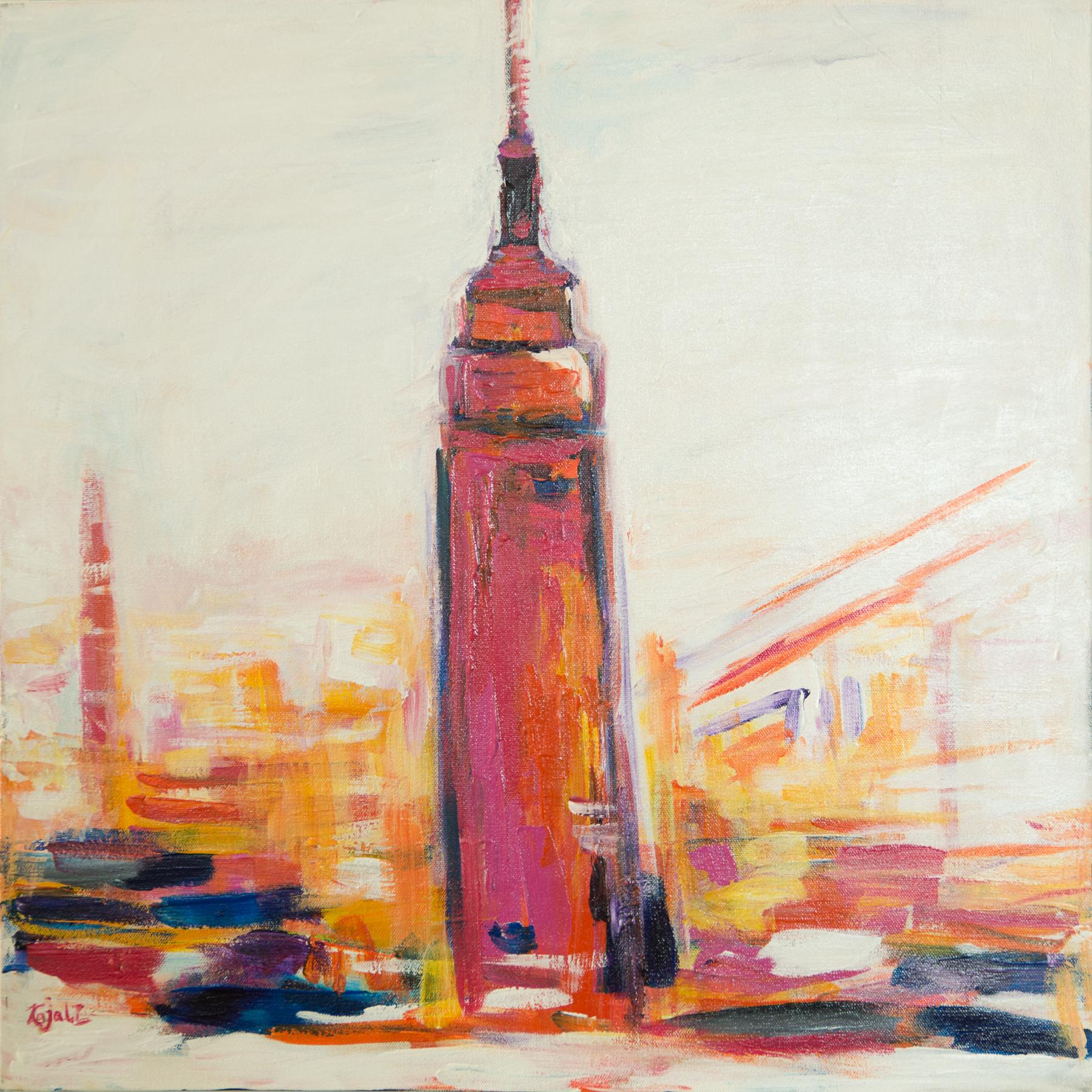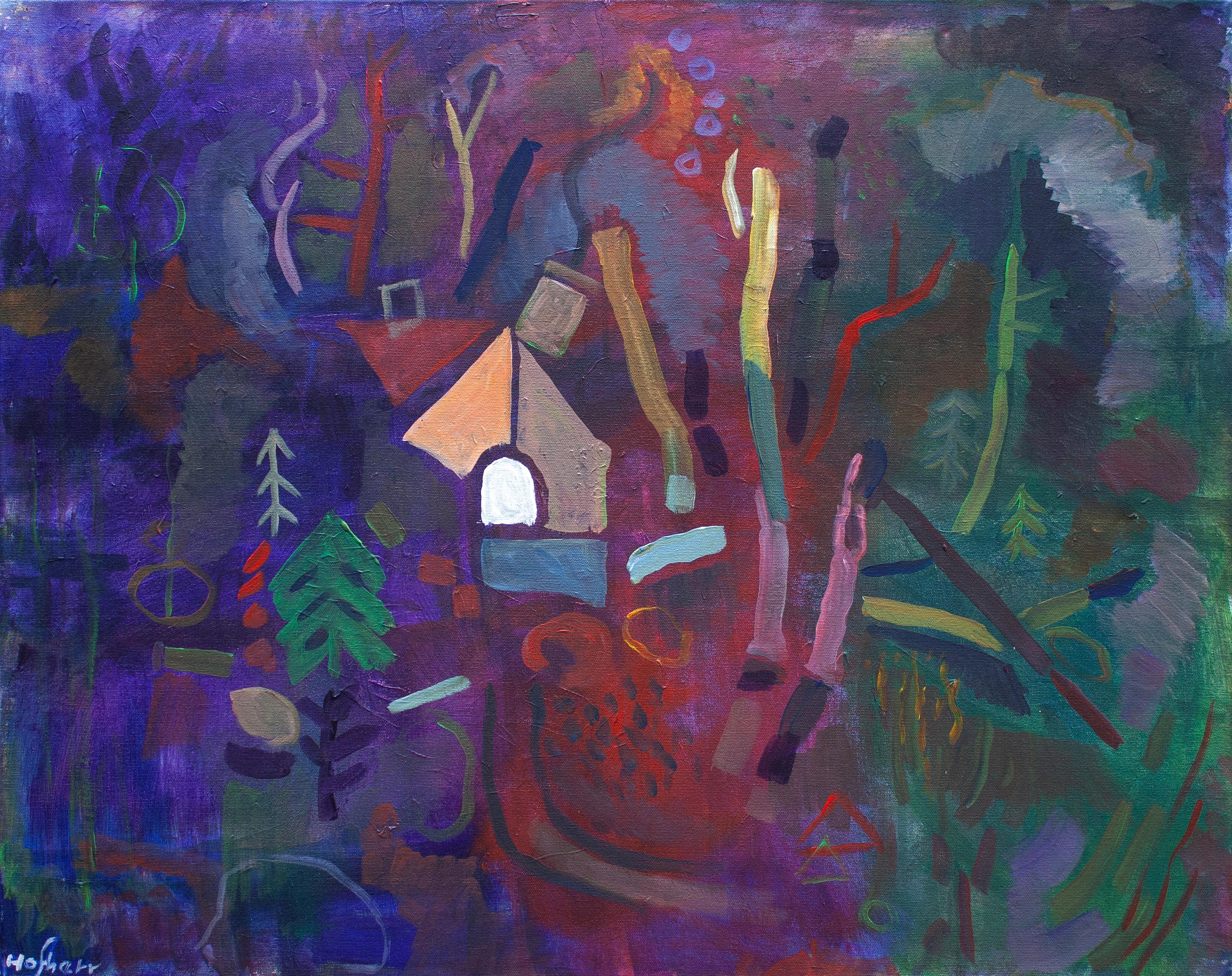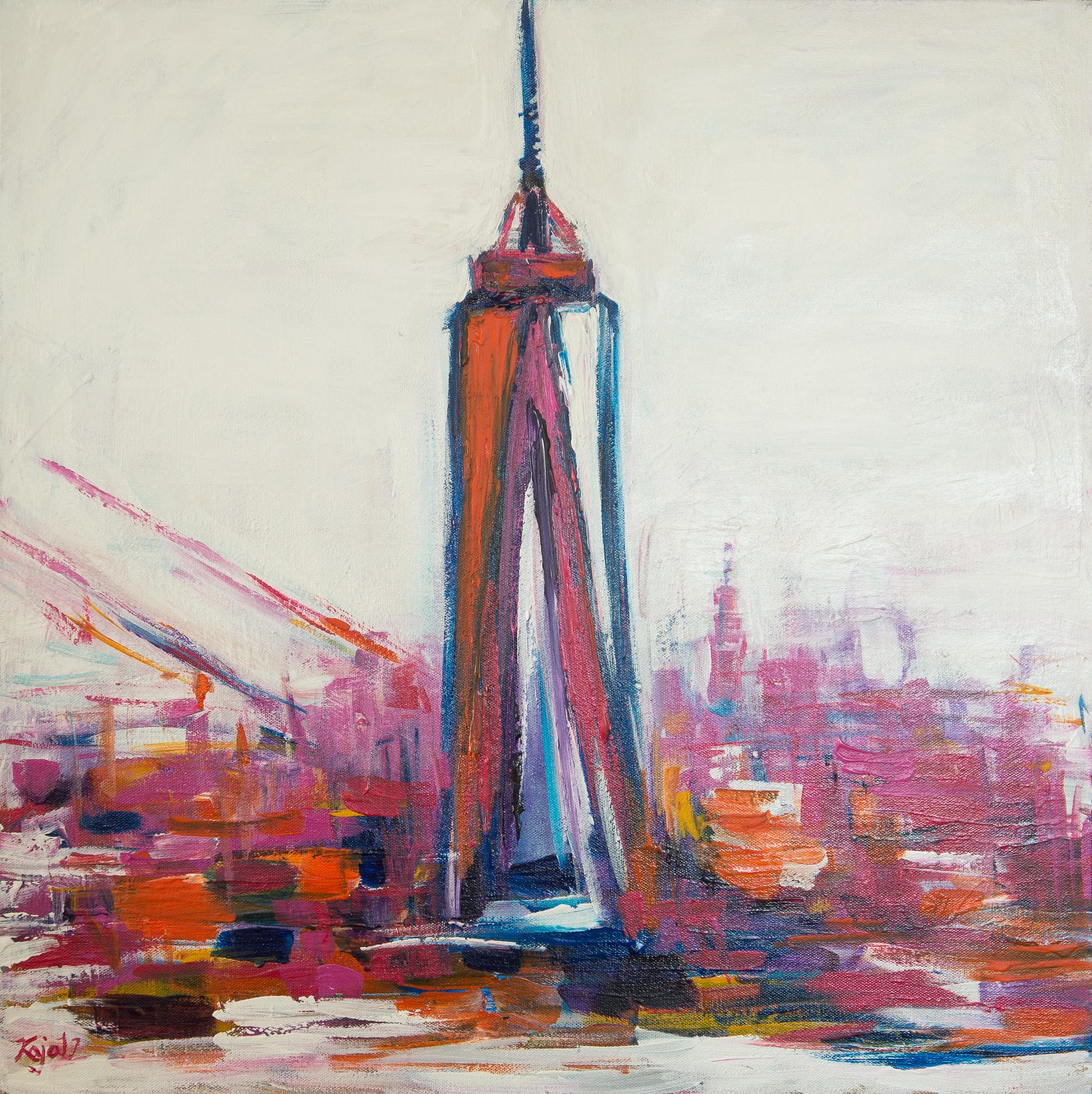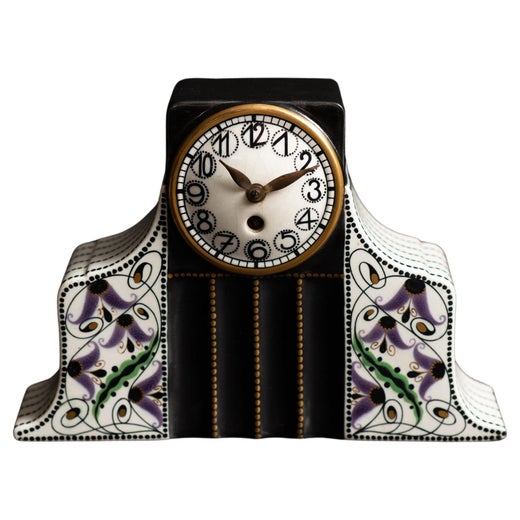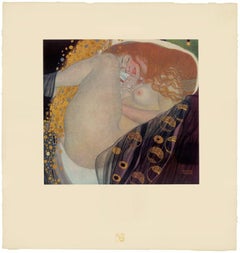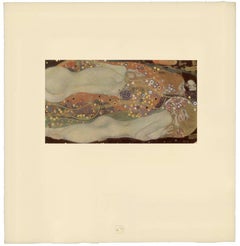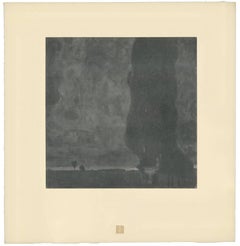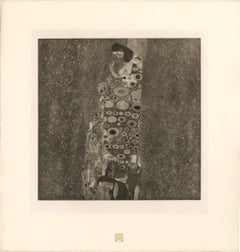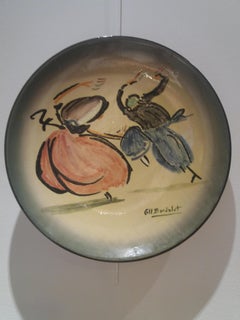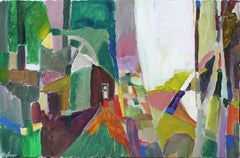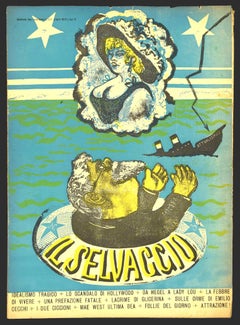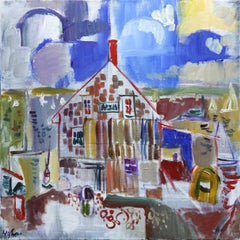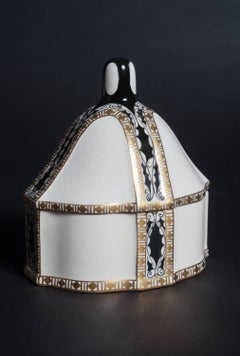
Serapis-Wahliss Jugendstil Lidded Porcelain Box
Karl KlausSerapis-Wahliss Jugendstil Lidded Porcelain Boxca. 1911
ca. 1911
About the Item
- Creator:Karl Klaus (Austrian)
- Creation Year:ca. 1911
- Dimensions:Height: 4.5 in (11.43 cm)Width: 6 in (15.24 cm)Depth: 3.75 in (9.53 cm)
- Medium:
- Movement & Style:Vienna Secession
- Period:
- Condition:Some areas of craquelure apparent on the white porcelain lid which is appropriate to its age and not indicative of damage.
- Gallery Location:Chicago, IL
- Reference Number:1stDibs: LU46732321801
Karl Klaus
The esteemed Viennese retailer and manufacturer of porcelain and ceramic ware, Ernst Wahliss Kunst, Porzellan und Faience Fabrik rolled out its Serapis Wahliss line in 1911. The firm had acquired 600 original models of table china from the molds once belonging to the K.K. Austro-Hungarian factory that had closed in 1864. With new designers, like Karl Klaus, who were part of the Jugendstil movement now on board, their “luxury porcelain” designs reflected decidedly modern trends. The influence of Josef Hoffmann, Klaus’s instructor in Vienna at the Kunstgewerbeschule from 1907–1911, is apparent in the geometric patterning and reliance on a simple, but bold, palette. Klaus’s alliance to Hoffmann and his vision for elevating the applied arts to the same status as the fine arts continued on a professional level. The Wiener Werkstatte employed Klaus in 1911, which would remain under the directorship of Hoffmann until its demise in 1932. The scrollwork Klaus incorporated into his design on the domed lid for Serapis Wahliss demonstrates this tie to the Werkstatte and in particular, a stylistic affinity to another one of it’s leading designers, Carl Otto Czeschka.
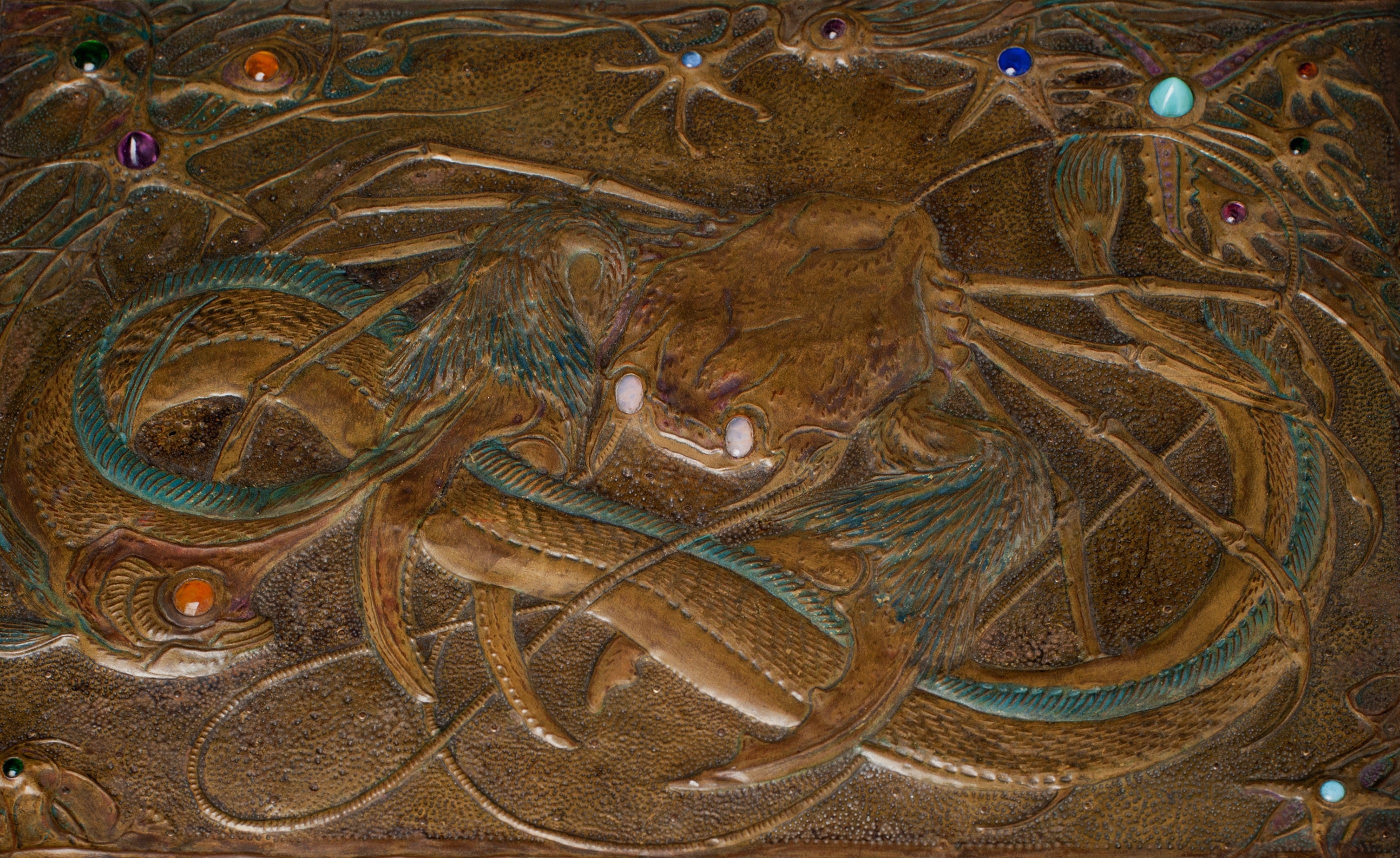
More From This Seller
View AllEarly 1900s Vienna Secession Figurative Prints
Paper
Early 1900s Vienna Secession Figurative Prints
Paper
Early 1900s Vienna Secession Landscape Prints
Paper
Early 1900s Vienna Secession Figurative Prints
Paper
Early 1900s Vienna Secession Figurative Prints
Paper
Early 1900s Vienna Secession Figurative Prints
Paper
You May Also Like
Early 2000s Expressionist More Art
Ceramic
Artist Comments
Artist Robert Hofherr draws inspiration from an abandoned ruin in the woods. Rather than depicting the scene literally, he constructs it with simplified shapes ...
21st Century and Contemporary Expressionist Interior Paintings
Acrylic
1930s Expressionist More Art
Woodcut
Artist Comments
Artist Robert Hofherr captures a waterfront view of Castine, Maine, in a Fauvist style. He highlights essential details, emphasizing expressive brushwork and ...
21st Century and Contemporary Expressionist Interior Paintings
Acrylic
1830s Expressionist More Art
Paper
1920s Expressionist Prints and Multiples
Lithograph
